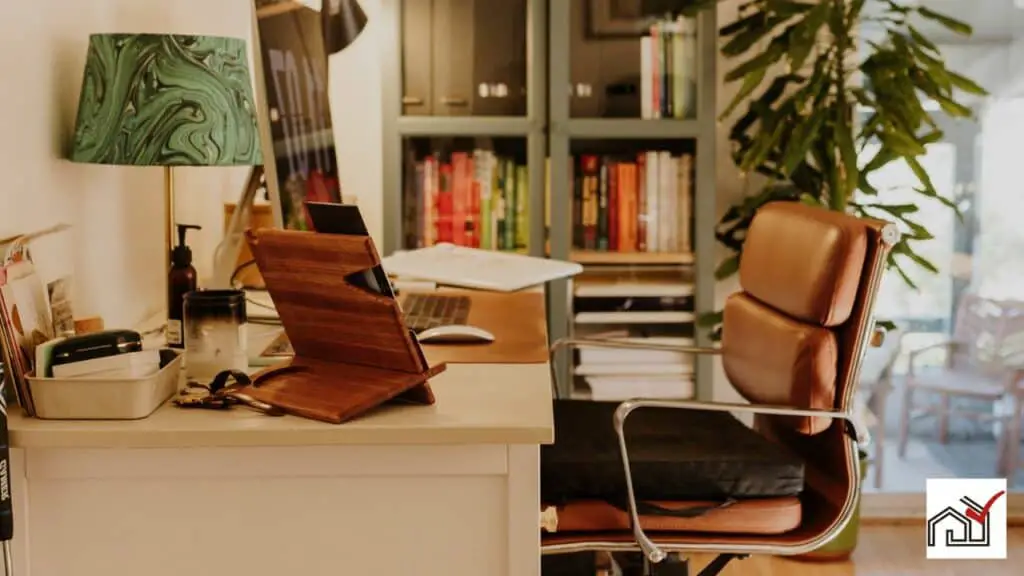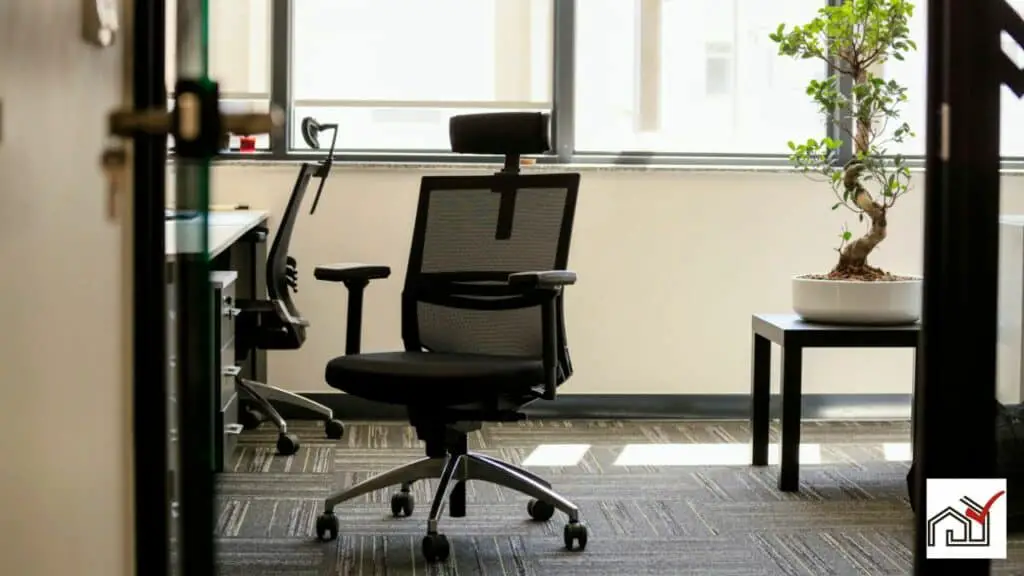The ideal depth for a desk is typically between 60 to 80 centimeters, accommodating comfortable task performance and necessary equipment.
Factors such as the type of work, user body size, and equipment needs may affect the required depth.
Adequate desk depth supports good posture, organization, and productivity.
The following text will detail how to determine the best desk depth based on these factors.
Understanding Ergonomic Depth
Understanding ergonomic depth is important for a comfortable and productive workspace. Standard desk depths range from 24 to 36 inches, but around 30 inches is often recommended for optimal ergonomics. This size accommodates accessories and helps keep the workspace organized.
Desk depth affects comfort and efficiency. A range of 700mm to 800mm provides enough space for large monitors or multiple screens, while allowing users to maintain an appropriate distance to prevent eye strain and improve posture.
A deeper desk also allows for a keyboard tray, which can help prevent repetitive strain injuries by ensuring the keyboard is at a comfortable height and reach.
Desk Depth for Various Tasks
Desk depth varies to suit different tasks, ensuring user comfort and functionality. Writing desks typically measure 30 inches deep, accommodating computers, paperwork, and supplies for a range of activities. Computer desks are usually 25 inches deep, fitting a monitor, keyboard, and mouse for everyday computing. Gaming desks are wider at 60 inches, allowing space for multiple monitors and gaming equipment.
Standing and height-adjustable desks, which are adaptable for sit-stand workstyles, come in various sizes and depths. Drafting tables for architects and designers also vary in depth to align with adjustable chairs and hold large drawings and tools.
Individual desk depth preferences can range from 60cm to 80cm. The right desk depth provides sufficient surface for tasks, storage, and movement within the workspace.
Measuring Your Ideal Desk Depth
To choose the right desk depth, consider your needs and ergonomic principles. The ideal depth is between 700mm and 800mm (28 to 31 inches), which offers enough room for a computer, writing space, and office supplies.
Different desks suit different purposes. A standing desk may need a unique depth for comfortable monitor viewing. A gaming desk often requires more depth for multiple monitors and equipment. Secretary desks and Credenza desks, used in smaller spaces, can be shallower.
Executive desks are usually deeper than 800mm, providing more space for various tasks and conveying professionalism in a large office.
To find your ideal desk depth, align the desk height with your elbows when seated or standing, according to the 68 rule of ergonomics. This alignment ensures a comfortable reach and reduces strain. Combine this with the space needed for your tasks to choose a desk that is both comfortable and functional.
The goal is to balance ergonomic health with your work needs.
The Impact of Desk Depth on Posture
Choosing the right desk depth is important for maintaining good posture and avoiding discomfort when working for long periods. A desk that is too shallow can lead to cramped positions, while one that is too deep may cause overreaching and strain. An ergonomically designed desk should offer a balance between space and easy access to work materials.
For standing desks, the depth should be enough to comfortably reach all materials without leaning forward, which can strain the back and shoulders. The desk should support a natural, upright position.
With seated desks, the depth affects the distance from the computer monitor. A deeper desk allows for proper placement of equipment and an optimal viewing distance, reducing eye strain and promoting a relaxed posture with a straight back and aligned shoulders.
To fully benefit from a desk's depth, it may be necessary to use monitor stands or keyboard trays to adjust the workspace to individual requirements, thus reducing the impact of desk depth on posture.
Desk Depth Customization Tips
To determine the ideal desk depth, assess the tasks performed, user body size, and workspace. Start by setting the correct desk height for ergonomic comfort. Desk depth varies: graphic designers may need more space for monitors, while writers may prefer less.
A typical desk is 24 to 30 inches deep, but customization is possible. In small rooms, a floating desk can save space, and a built-in desk can match specific dimensions.
Consider the desk shape and the space it will occupy. A desk buying guide may help identify suitable designs and features. For instance, a desk with a curved edge could offer more workspace and fit the room layout well.
Select a desk that meets your work requirements and fits your space. Custom desks, like floating or built-in options, create a tailored and efficient work area.
Evaluating Desk Depth Options
When choosing a desk, it's important to consider both the size of the room and the desk's functionality. A small desk may fit well in a limited space but may not provide enough work area. Conversely, a large desk, such as one that is 36 inches deep, offers more workspace but may be too big for a small room.
Desk depth should match the type of work being done. A standard writing desk is typically 30 inches deep, enough to accommodate a computer, office supplies, and space for writing. Those needing space for multiple monitors or large equipment may require a desk larger than the standard size to avoid clutter.
Computer desks are usually around 50 inches wide and 25 inches deep, designed to fit a computer and accessories while maintaining a compact profile. Gaming desks are larger, often 60 inches wide and deeper, to fit the extensive setups used by gamers.
Selecting the right desk size involves weighing available space against workspace needs. By assessing desk depth options in relation to the tasks performed, one can choose a desk that fits their space and supports productivity and comfort.





